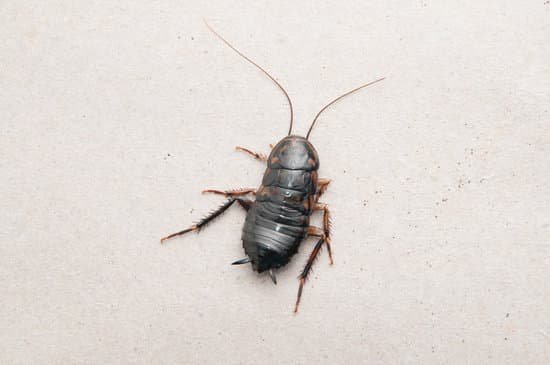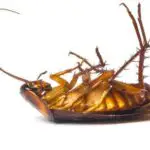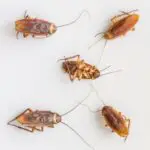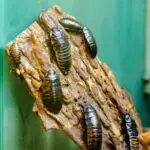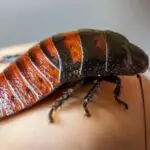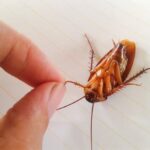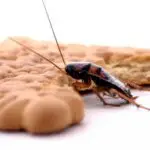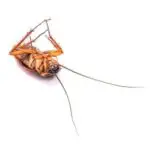How Can a Cockroach Flip Itself Over?
Cockroaches can flip themselves over in a variety of ways. They have six legs and a large center of gravity. These features help them squeeze into tight spaces and manage their weight. Cockroaches can also easily roll onto their backs, although they can’t always do it without a support.
In some circumstances, a cockroach can flip itself over and die. In such a case, a cockroach may have been exposed to insecticides sprayed on the ground or on the walls in the house. Most bug sprays have a chemical that messes with a roach’s nervous system and internal circuitry.
The insecticides used to kill cockroaches have neurotoxins, which attack the central nervous system. The toxins weaken muscle movement, forcing the bug to flip itself over. A healthy roach will be able to right itself, but an intoxicated cockroach will be unable to do it. Eventually, it will die on its back.
While it is not common for a cockroach to die on its back, it can happen. Some cockroaches will die on their backs, and others will try to right themselves. Many of these roaches will give up after a few tries, and others will play dead when they are touched. Cockroaches on their backs can also die because they do not have the proper muscle coordination.
To learn about the mechanism that allows cockroaches to flip themselves over, scientists have studied the discoid cockroach. This cockroach is a native of Central America, and can run through a complex terrain. In order to overcome a large obstacle, it often falls on its back. When the cockroach recovers, it gets back on its feet.
